by James C. Sherlock
The Census Bureau yesterday released part of its 2022 population estimates.
It showed marked differences in the percentages of children and adolescents under 18 among the states, Puerto Rico and the District of Columbia.
Adults in red states are raising more children on average than those in blue states. And it is not a close call.
I did not have a figure in mind, but the magnitude of the imbalance surprised me.
Eighteen of the 20 states with the most kids as a percentage of their populations vote Republican. Of the other two, #12 Georgia has split its gubernatorial and Senate votes between the two parties. #16 Minnesota votes blue.
#30 Virginia is slightly below the national average in percentage of minors.
The United States population is estimated at 333,287,557 of which 72,450,827 are under the age of 18. The rule of large numbers applies.
#21 California, with nine million more people than #2 Texas, has only a million more minors. Continue reading



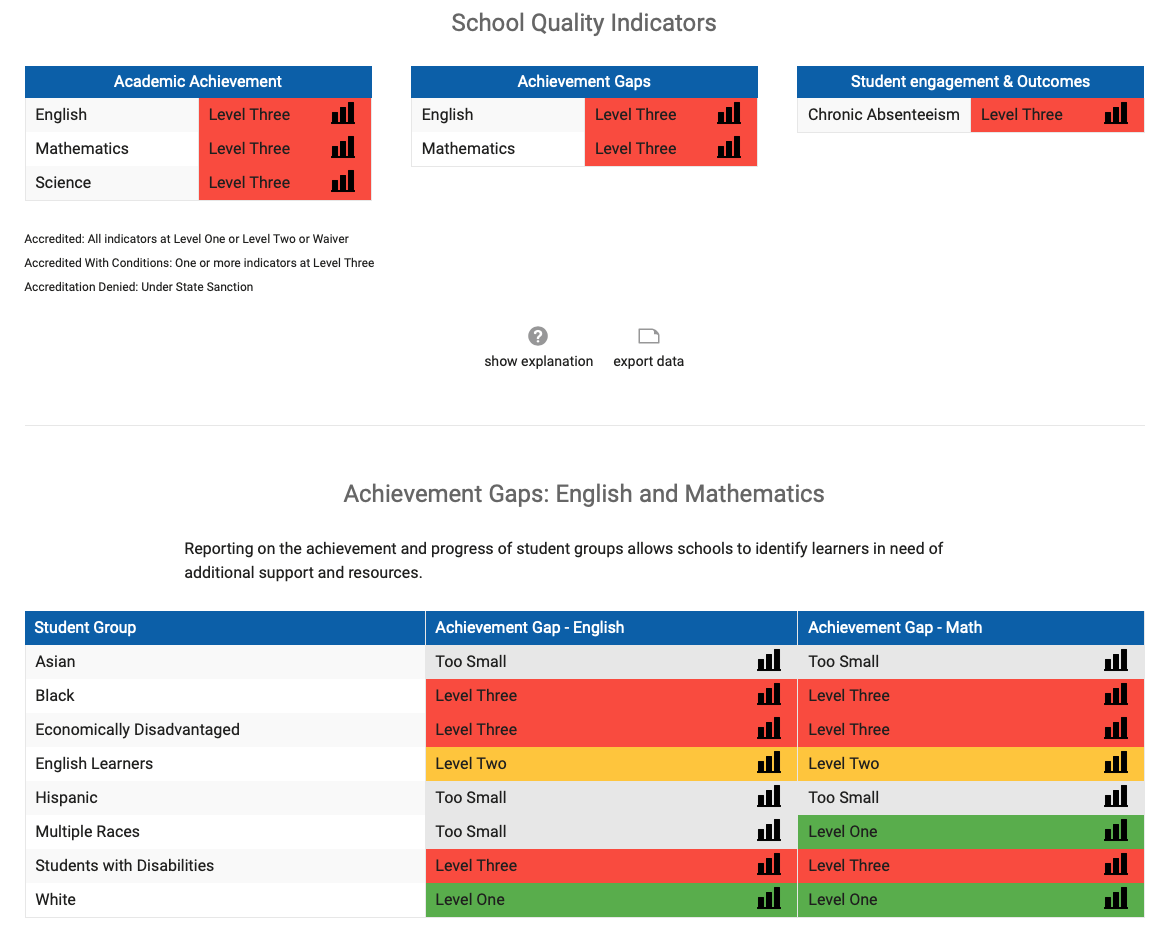
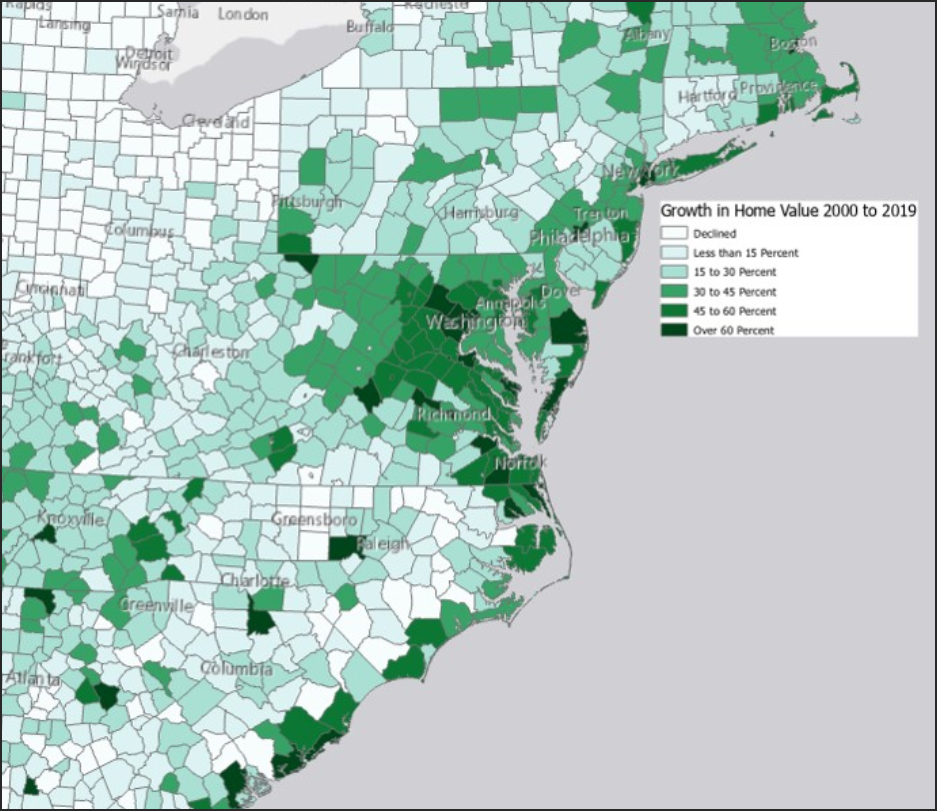
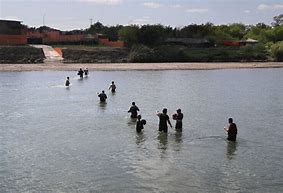 by James C. Sherlock
by James C. Sherlock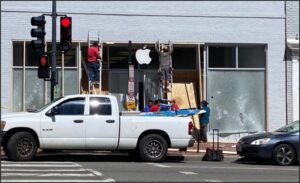

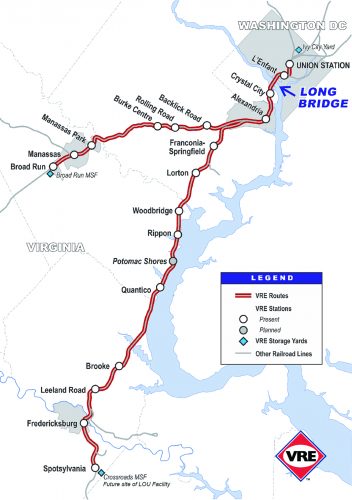
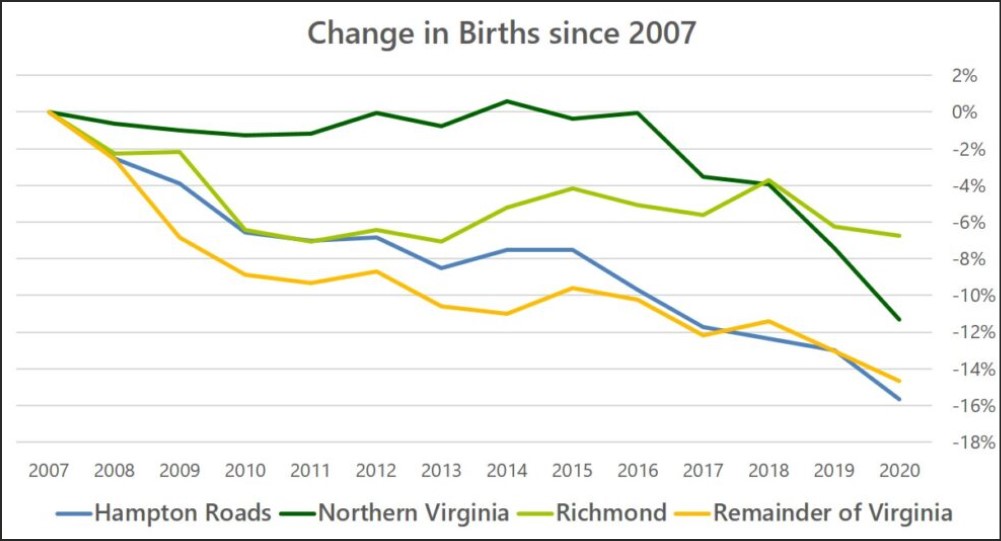
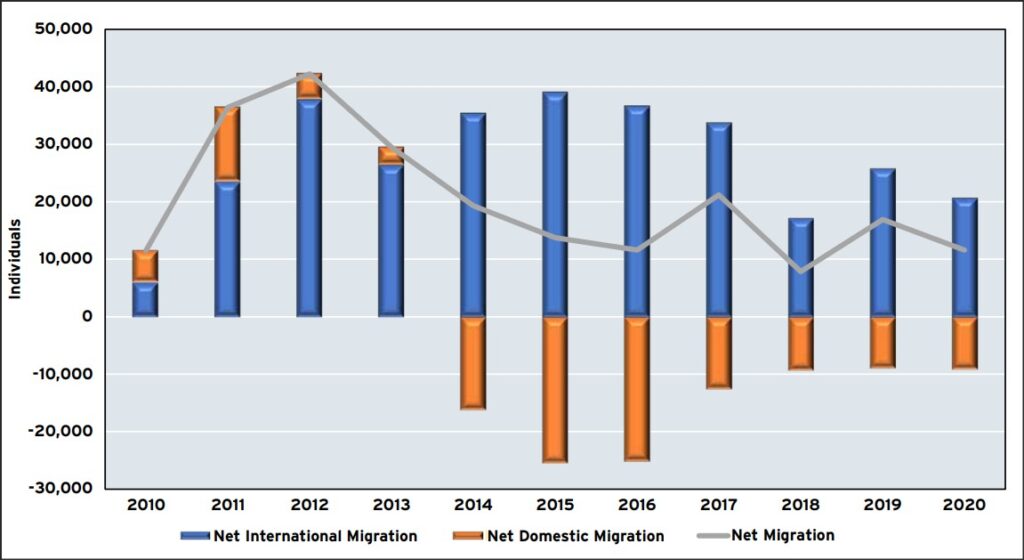
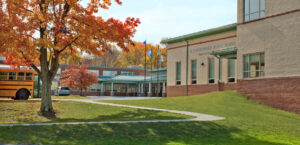
 by James C. Sherlock
by James C. Sherlock by James C. Sherlock
by James C. Sherlock
